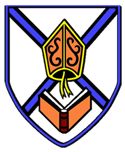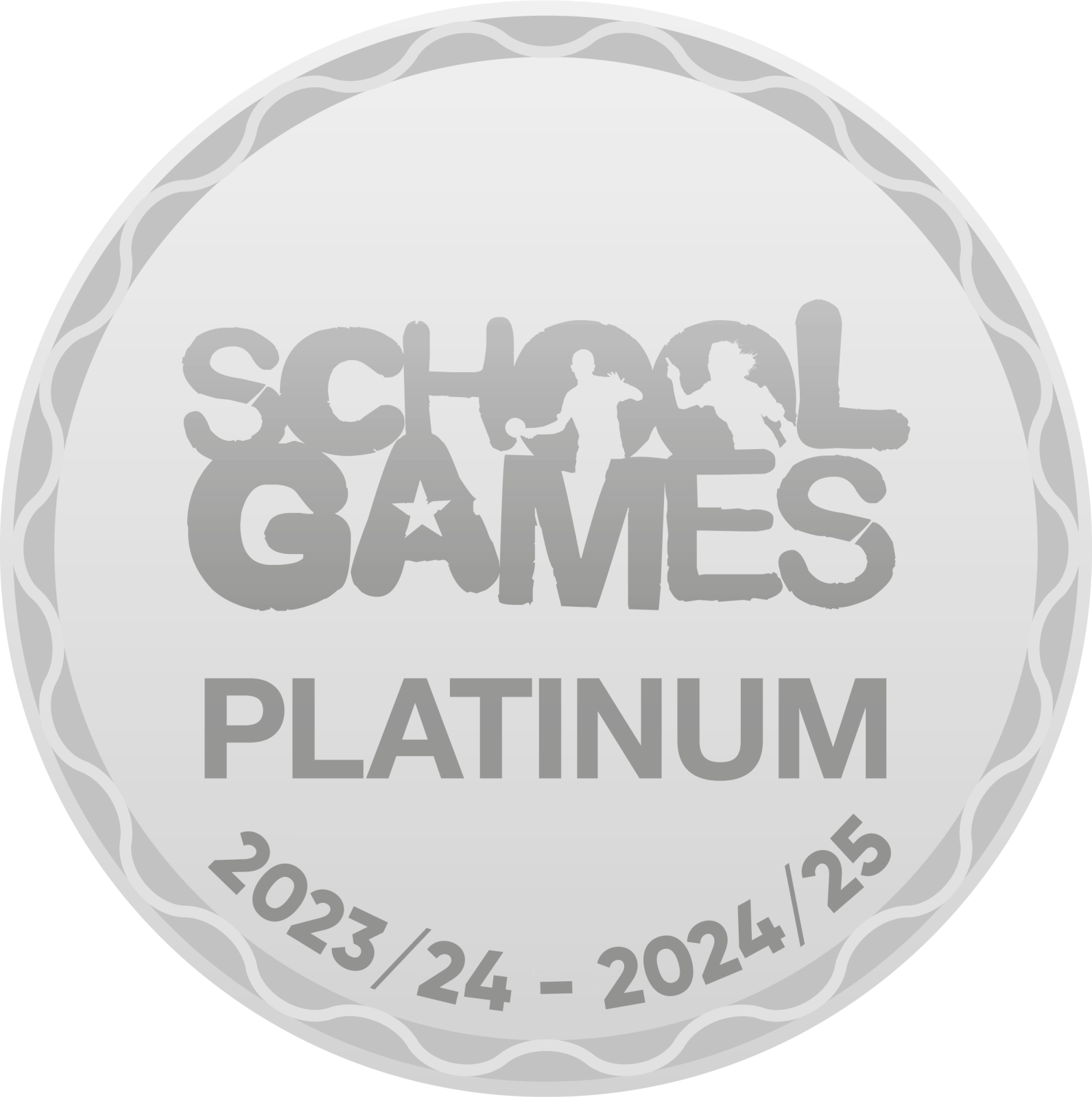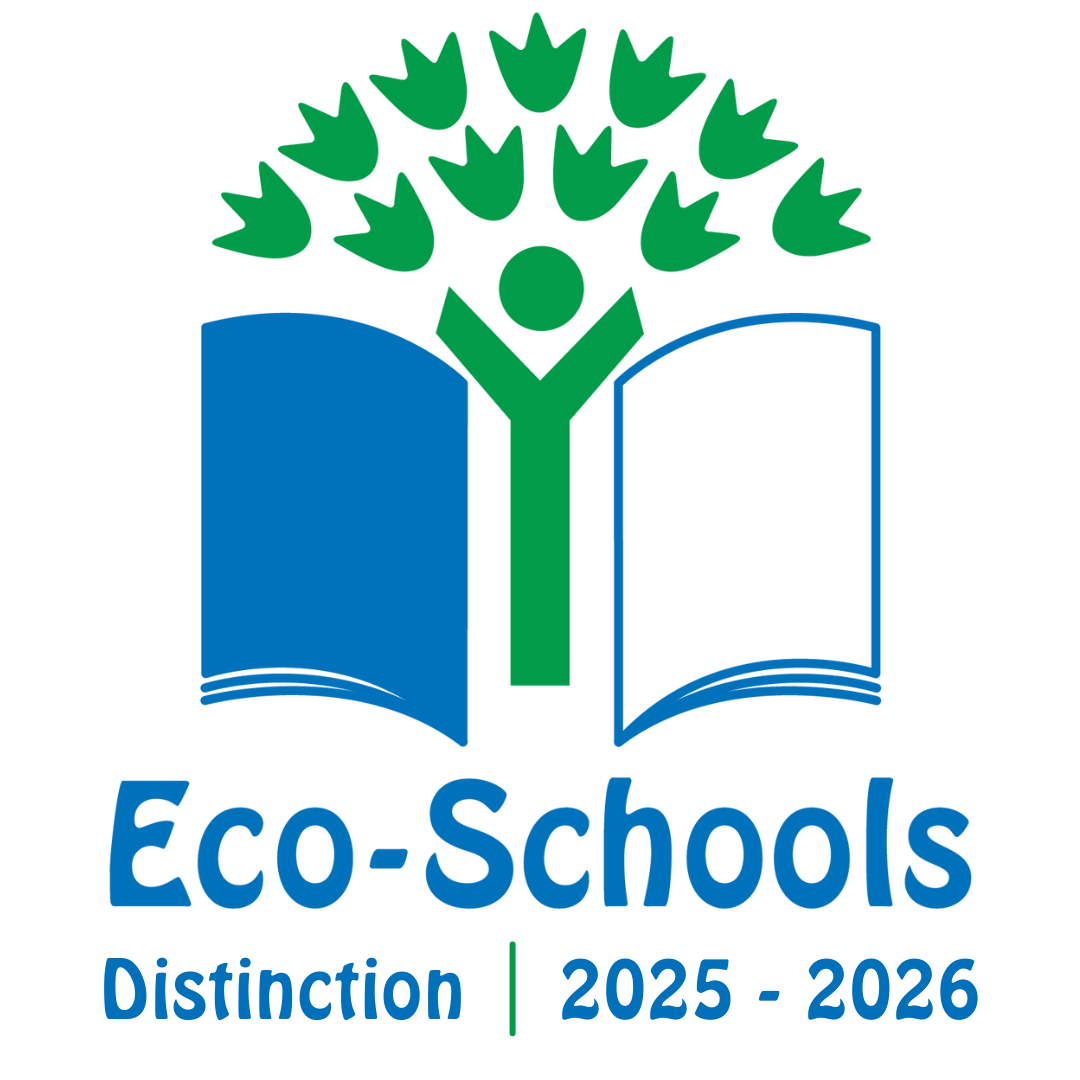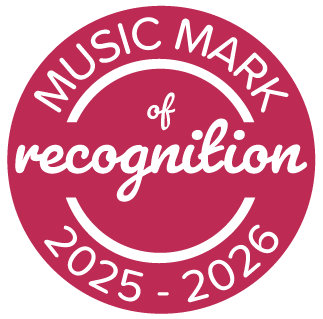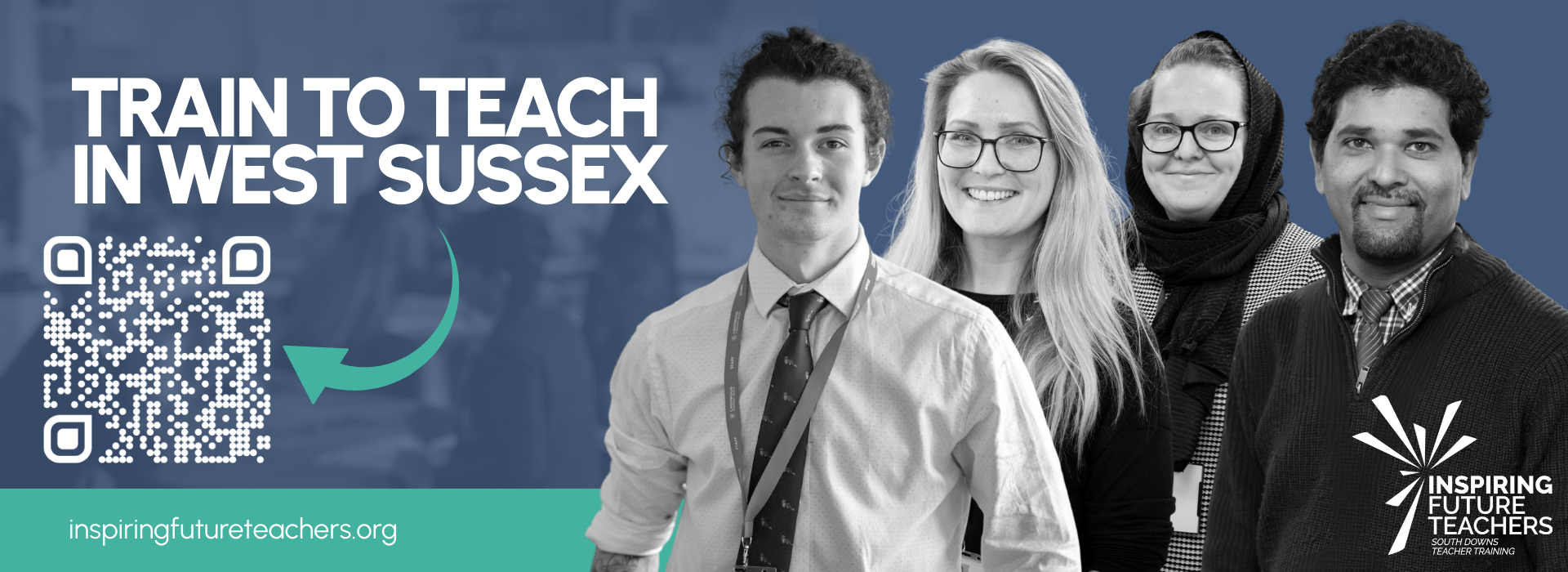Art
“All children are born artists; the problem is to remain an artist as we grow up,” Pablo Picasso
Children's Quotes:
“Drawing club is a really fun opportunity to spend more time doing Art and to develop my skills,” –Year 6 pupil
“Going to Davison was a brilliant chance to work with other children in different year groups on an Art project. We used lots of different clay tools that we hadn’t used before. It was great!” –Year 6 pupil
“The Art Studio is a great place to learn Art because there are so many different resources and materials in there,” –Year 6 pupil
“We loved drawing other people because it was really fun and, even if you got it wrong, you had the chance to go back and correct it,” - Year 5 pupil
Intent:
We believe that high quality art provision throughout Key Stage 2 should engage, inspire and challenge children, providing them with the knowledge and skills to experiment, invent and confidently create the ir own works of art. As children progress, they should be able to innovate, reflect critically and develop a more rigorous understanding of art, taking into account the effect of colour, size, scale, form, mark-making, shadow and tone. Children should also have an understanding of how art both reflects and shapes our history, and contributes to our modern-day cultures and societies; they should develop a respect for different art forms and begin to understand the possible deeper meanings behind some pieces of artwork.
ir own works of art. As children progress, they should be able to innovate, reflect critically and develop a more rigorous understanding of art, taking into account the effect of colour, size, scale, form, mark-making, shadow and tone. Children should also have an understanding of how art both reflects and shapes our history, and contributes to our modern-day cultures and societies; they should develop a respect for different art forms and begin to understand the possible deeper meanings behind some pieces of artwork.
Implementation:
Our learning intentions in art stem from three core areas: Explore, Research and Design. Focusing on learning in t hese areas enables children to make good progress by experimenting and developing their imagination, studying the work of other artists, and demonstrating skills development with a range of different materials to achieve different effects.
hese areas enables children to make good progress by experimenting and developing their imagination, studying the work of other artists, and demonstrating skills development with a range of different materials to achieve different effects.
Our curriculum is cyclical, meaning children revisit, retrieve and build on new knowledge and skills over four years. With the help of knowledge organisers, the children embed creative learning strategies into their long-term memory, gaining confidence and achieving mastery over time. For instance, a year 3 child may use a stencil to paint the living form of a Stone Age animal, further develop life drawing skills in portraiture through character illustration in year 5, and demonstrate mastery in painting a Pop Art icon in year 6.
Impact:
By the time a TAB Junior child leaves our school, we aim for them to express confidence in drawing, painting, sculpture, mark-making, collage and print-making. They will have researched local and global artists from a range of cultures, influenced by their iconic artworks to practise a wide variety of skills and gain inspiration to create their own images. As they grow in experience, their ability to follow a creative process from concept through to designed outcome will be evident in their classrooms and sketchbooks.


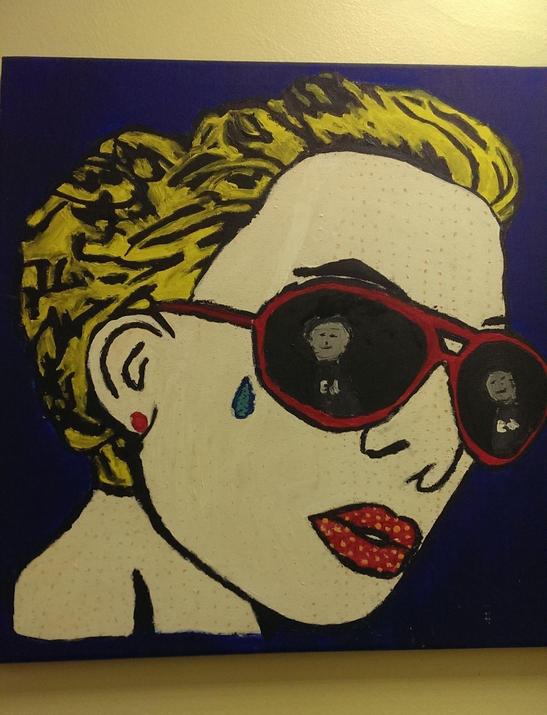
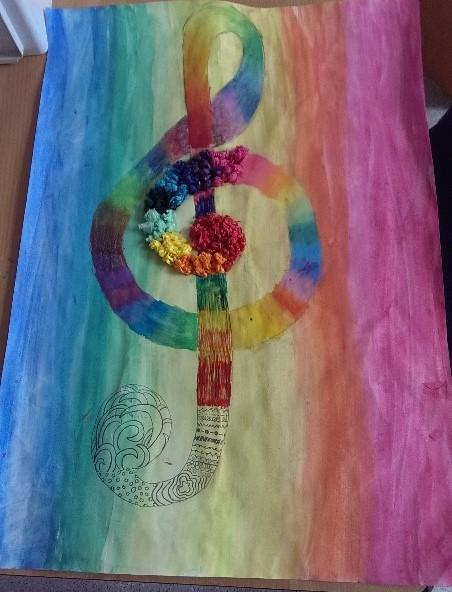
In addition to developing artistic skills and knowledge, children will use creative expression to engage in self-reflection and regulate personal growth, reinforcing our TAB Way values. For instance, we often play our popular ‘Oops!’ game whereby children turn a ‘mistake’ into something beautiful (based on the book Beautiful Oops! by Barney Saltzberg) and learn how to embrace challenges in new tasks.
Children are encouraged to feel invested in the sketchbooks they use throughout TAB Junior and view them as a space to record their artistic journey, using the skills of self-reflection and enquiry that help build self-esteem and critical understanding.
Teaching and Learning:
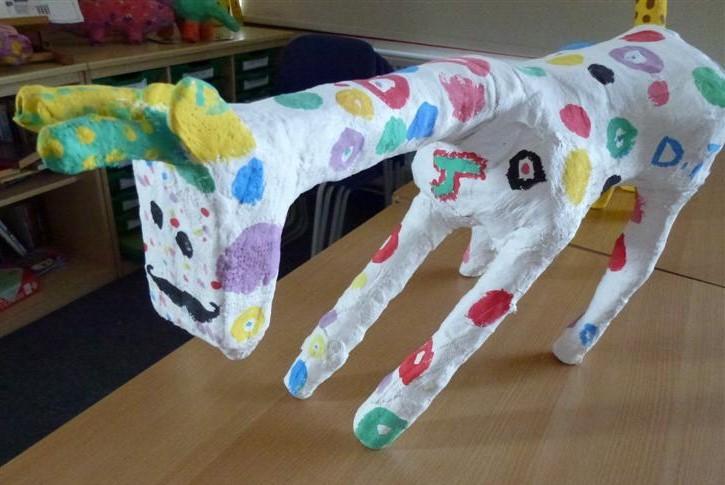 Our art planning provides children with diverse skills supported by knowledge organisers inspiring children with images, words and biographies which develop talk, collaboration, the making of preferential judgments, and opportunities to learn and apply subject-specific vocabulary. Supported by detailed long term plans from Subject Leaders, teachers plan and differentiate art lessons that allow the children to make progress using our TAB skills continuum in main 5 media: drawing / sketching, painting, 3D sculpture, collage and printing. Occasionally, children may also experience photography too.
Our art planning provides children with diverse skills supported by knowledge organisers inspiring children with images, words and biographies which develop talk, collaboration, the making of preferential judgments, and opportunities to learn and apply subject-specific vocabulary. Supported by detailed long term plans from Subject Leaders, teachers plan and differentiate art lessons that allow the children to make progress using our TAB skills continuum in main 5 media: drawing / sketching, painting, 3D sculpture, collage and printing. Occasionally, children may also experience photography too.
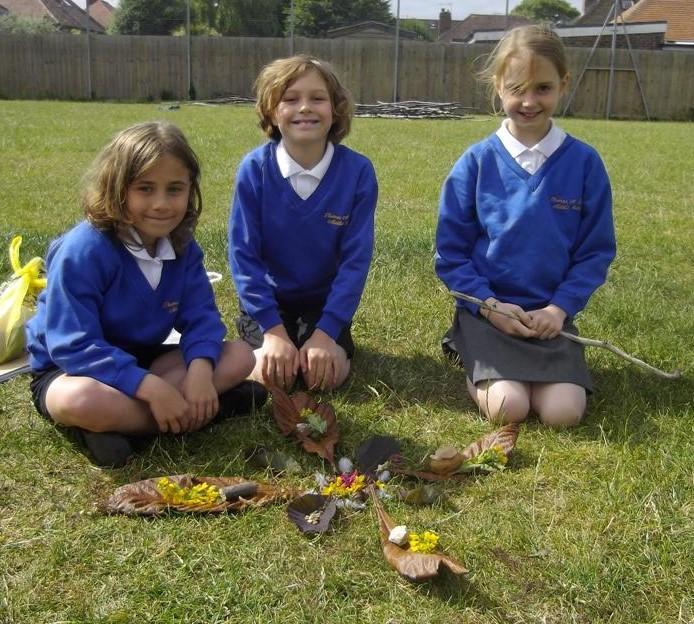
Where possible, art units of work are linked to topic themes to help bring their knowledge to life through creative, experiential practice, with planning created and developed by teaching teams, the Subject Leader and Year Leader. Art lessons also take place during off-site visits such as during RE visits to places of worship, in Forest Schools settings, using the outdoor spaces around the school, and in classrooms. Children’s artistic outcomes fill the walls around our school, celebrating our success.
Assessment:
Many different forms of assessment are used in art at TAB. These include: questioning, self-assessment 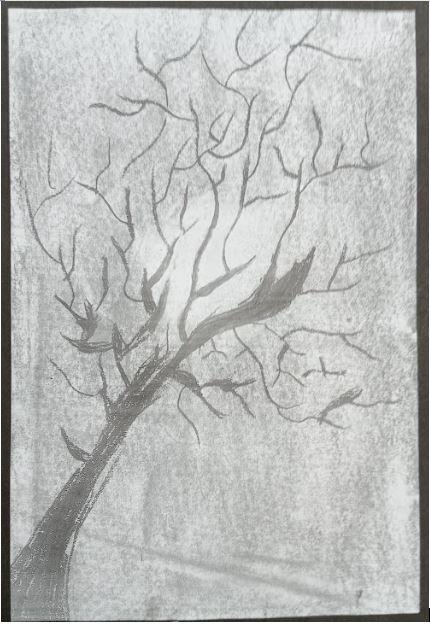 and peer feedback, critical reflections, retrieval and discussions on artistic beliefs, verbal and written teacher feedback including target-setting, application of new learning in other contexts and art reviews in which pupils can exhibit their work and discuss their progress.
and peer feedback, critical reflections, retrieval and discussions on artistic beliefs, verbal and written teacher feedback including target-setting, application of new learning in other contexts and art reviews in which pupils can exhibit their work and discuss their progress.
We consider the most effective assessment takes place when children are supported to see art as a process that begins with research and observation, develops through active exploration and builds to a design that ends with an outcome they can evaluate and celebrate. As a result of this, they develop the ability to self-reflect upon their achievements and develop a deeper understanding of why they or others chose to create their final piece in the way they did.
Planning and resources: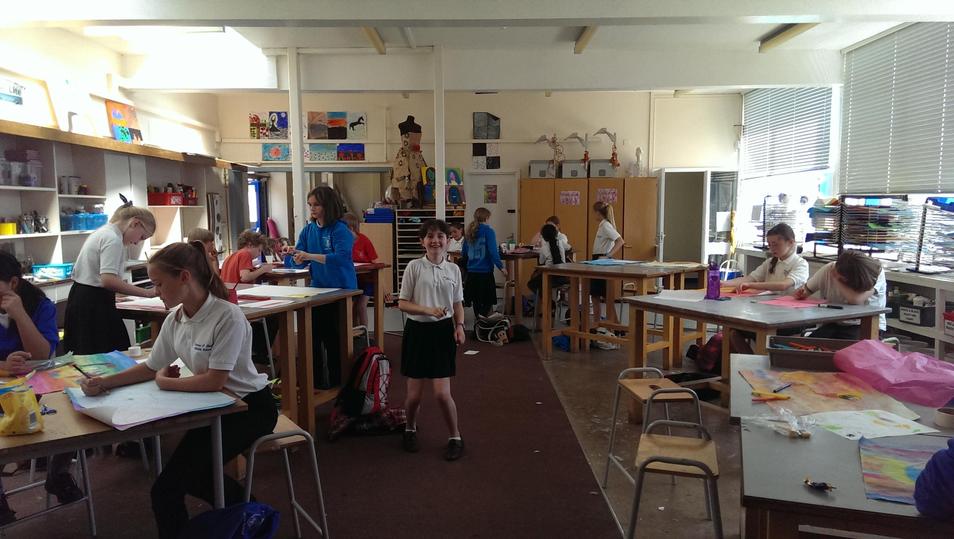
Organisation:
Art lessons are, on average, an hour a week, although the format in which this takes place can vary according to the topic and other timetable commitments. Art is also important in other aspects of the curriculum separate from direct art teaching and learning, such as in PSHE / wellbeing events, Book Weeks, Forest School, RE visits and in the presentation of other work / displays across the school.
Equal opportunities and inclusion:
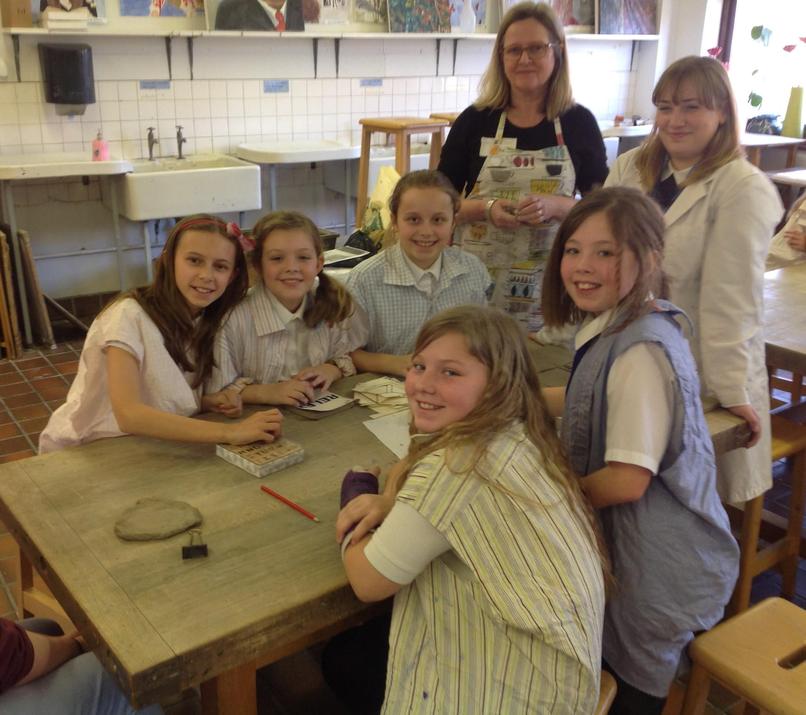 Art links closely with children’s spiritual, moral, social and cultural development and so we encourage children to assess their art progress in terms of how they are using our four core TAB Way values: embracing challenge, being responsible, showing respect and contributing to a community. Children will often work on art projects in groups to use the talk phrases to build skills of cooperation, as well as providing each other with positive peer feedback to raise confidence and improve their skills development.
Art links closely with children’s spiritual, moral, social and cultural development and so we encourage children to assess their art progress in terms of how they are using our four core TAB Way values: embracing challenge, being responsible, showing respect and contributing to a community. Children will often work on art projects in groups to use the talk phrases to build skills of cooperation, as well as providing each other with positive peer feedback to raise confidence and improve their skills development.
Teachers and Learning Support Assistants adapt art activities for children who have additional needs, for instance by helping them to improve fine motor skills or develop sensory awareness of the materials.
Enrichment opportunities/cultural capital: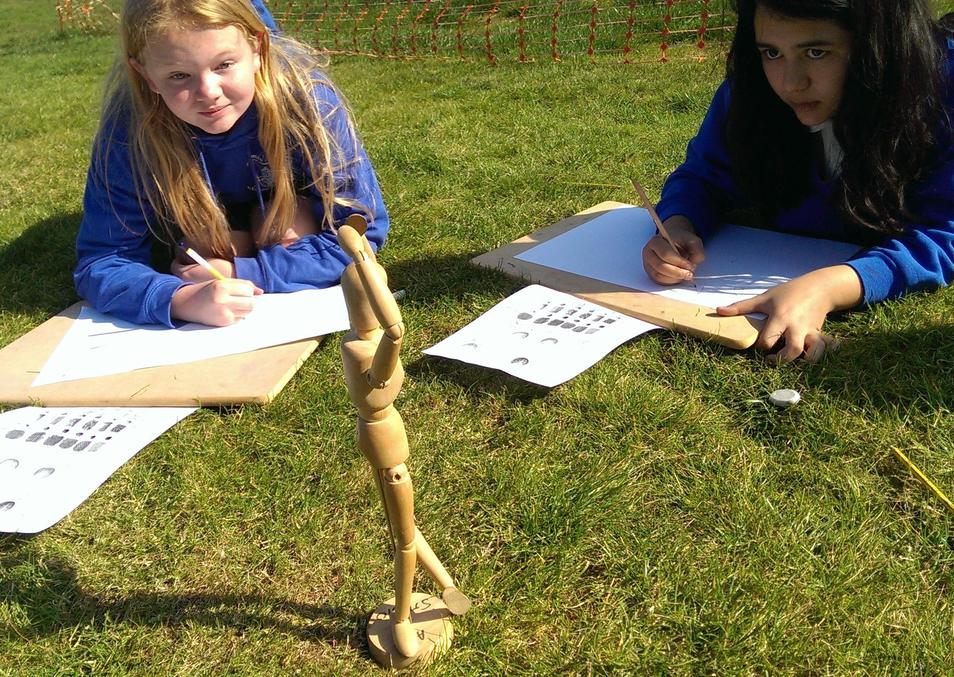
Throughout all four years, children will have the opportunity to study famous artists of significant historical and global cultural standing, enabling children to expand their understanding of their place as artists within a wider context, developing their cultural capital and knowledge of diversity
Children also have access to a wide range of enrichment opportunities such as: after school art clubs, art activities with a pastoral focus, creating artwork for local events, competitions and exhibitions (such the Worthing Children’s Parade and Worthing Open Houses) and attending art days/events.
There are frequent opportunities to be creative in cross-curricular projects, such as during Eco projects and Forest School, history, RE and PSHE topic work. As often as possible, we build in visits to or from local art and cultural venues and visitors.
Pupil Leadership
Each Year 6 class has an Art Leader: a child who is a confident artist and can support teaching and learning by modelling peer assessment, supporting the resourcing of lessons, developing the Art Studio as a working space, sharing their own artistic practice and being consulted on the changing art curriculum. The application process opens towards the end of Year 5 for all interested children, who are chosen by the Subject Leader.
Lower year groups have Art Buddies: leaders in training who support their teacher and peers, and are consulted in our end of year Pupil Voice.
Outside of school, children who are interested in art can hugely benefit from opportunities to see other people’s artwork, therefore visits to museums and art galleries are a great way to inspire them further. However, if you can’t fit in a real-life trip, why not try a virtual gallery visit or visit these websites to view the artwork on display (please check all artworks are age-appropriate for your child first):
- https://courtauld.ac.uk/gallery/virtual-tours/
- https://www.tate.org.uk/kids
- https://www.nationalgallery.org.uk/visiting/virtual-tours/google-virtual-tour
- https://www.bbc.co.uk/teach/class-clips-video/art-and-design-painting-techniques/z7h76v4
- https://www.accessart.org.uk/
Colouring books – Children of all ages love colouring books and they are a fabulous way for the children to develop s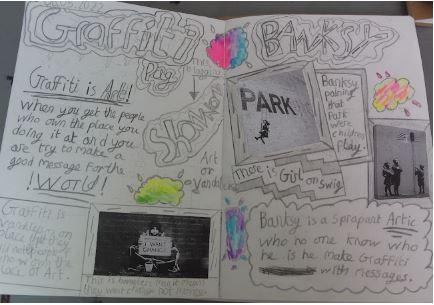 kills in an enjoyable way. Children can use colouring books to experiment with colour combinations, shading, colour for effects and the ability to be accurate.
kills in an enjoyable way. Children can use colouring books to experiment with colour combinations, shading, colour for effects and the ability to be accurate.
If your child wants to experiment further, why not use recycled materials around the home to help them make an unusual ‘imagination’ sketchbook – using old envelopes, wrapping paper, bubble wrap, card, tin foil – they will need to think deeply as to how they can make marks on the pages and create exciting images that react successfully with the background.
Health and safety:
All art activities, including the use of our specialist Art Studio and after school clubs, are risk assessed and resources are chosen that focus on safety and skills progression appropriate to the ages of the children.
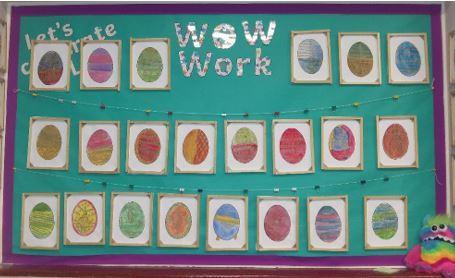
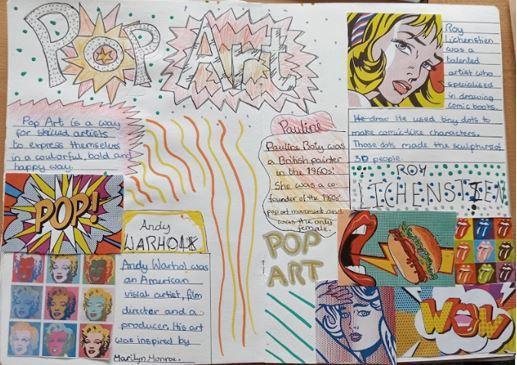
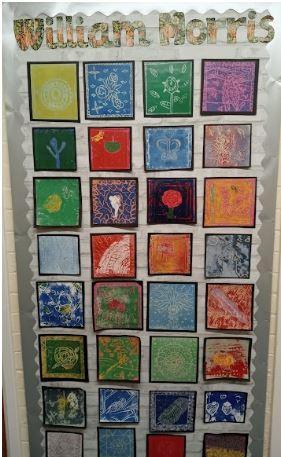
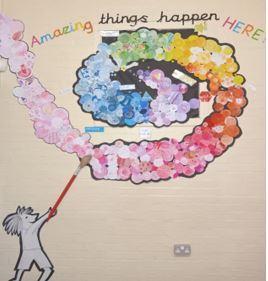
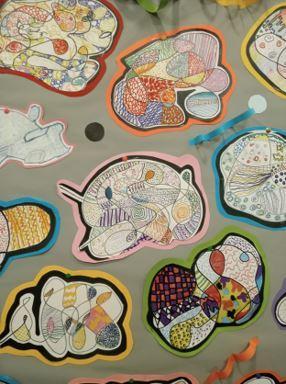
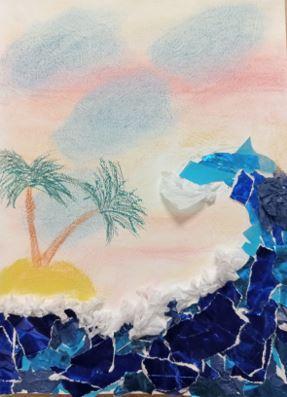
knowledge skills progression map.pdf

